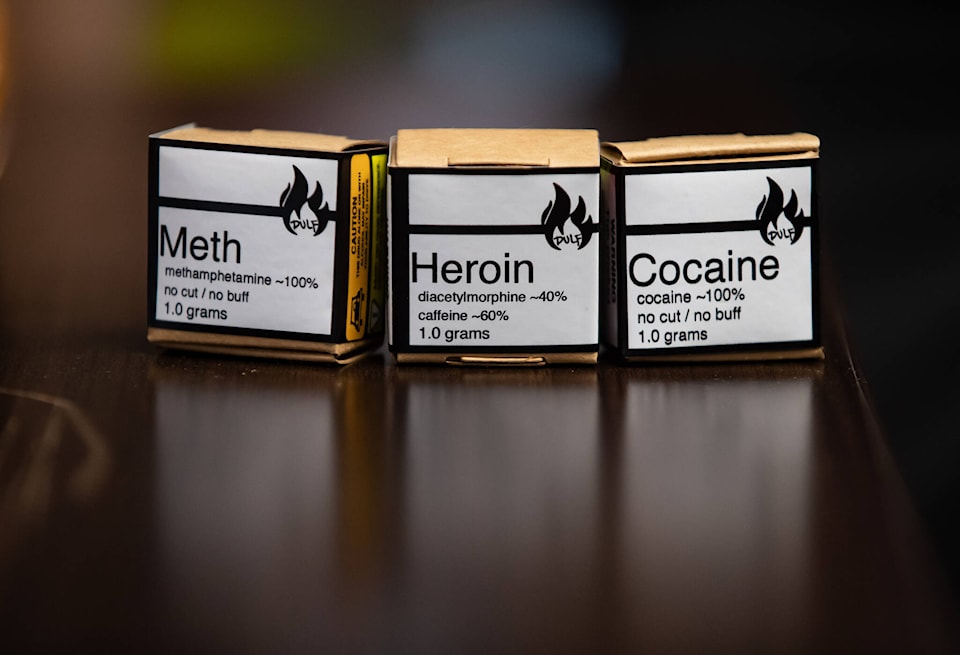A safer supply of drugs and an evidence-based model of care for substance users top the list of recommendations brought forward by a panel of experts and the BC Coroners Service, in the latest report on toxic drug poisonings in B.C.
The panel examined the circumstances around 6,008 deaths from illicit drug poisonings between August 2017 to July 2021, according to the report released Wednesday (March 9). It found the primary cause of death was an increasingly toxic and unpredictable supply in the illegal market.
At the core of the report: prohibition is forcing substance users to turn to the illegal and unregulated street-level market where toxicology reports have confirmed that illicit fentanyl – and even stronger carfentanil – are being mixed into cocaine, heroin and crystal meth.
“This report includes realistic, actionable recommendations that the panel believes will reduce the number of people dying due to toxic, illicit drugs in our province,” said Michael Egilson, death review panel chair.
Since 2020, when the pandemic took grip of the globe, B.C. has faced record-breaking fatal overdoses. Advocates have chorused that self-isolation and distancing kept people using alone as drug dealers and suppliers increased the toxicity of the supply.
The panel’s advice to chief coroner Lisa Lapointe included three recommendations:
1. Ensure a safer drug supply to those at risk of dying
2. Develop a 30/60/90-day Illicit Drug Toxicity Action Plan with ongoing monitoring
3. Establish an evidence-based continuum of care
The chief coroner has forwarded each recommendation to the relevant ministries and organizations, the province said in a statement Wednesday.
“We know that everyone who dies because of drug toxicity leaves behind family, friends and communities who grieve their loss,” Lapointe said in a statement.
“As we approach the sixth anniversary of the declaration of the public health emergency into substance-related harms, co-ordinated, urgent action is needed to reduce the devastation illicit drugs have inflicted on so many people in our province. This report, by a panel of subject-matter experts, provides a road map. It is my sincere hope that their advice will be actioned.”
In B.C., the average age of death from a toxic drug poisoning is 42 and more commonly men, while Indigenous people and those struggling with mental health disorders remain disproportionately represented and those living in poverty are more vulnerable.
Illicit drug toxicity is the leading cause of unnatural death in the province, accounting for more deaths than homicides, suicides, motor vehicle incidents, drownings and fire-related deaths combined.
In 2021, B.C. recorded its highest number of fatalities in history, with 2,224 lives lost. That’s compared to 2020, which saw the second-highest number of deaths at 1,767.
A news conference with Lapointe is expected at 11 a.m.
@ashwadhwani
ashley.wadhwani@bpdigital.ca
Like us on Facebook and follow us on Twitter.
